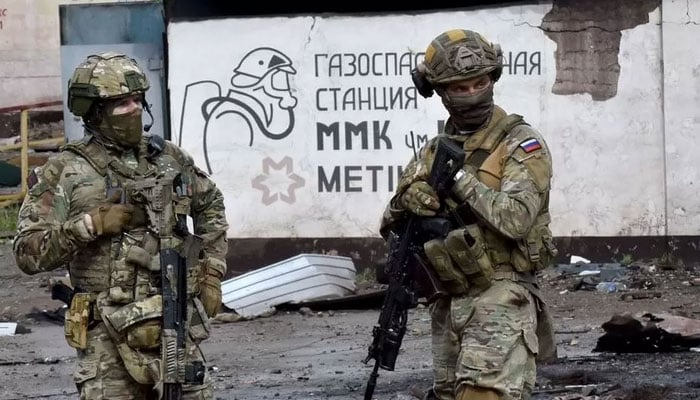
By LIPR Ambassador of Peace Dr. Syed Ali Naqvi
It took decades for women and men from conflict zones to advocate, lobby and urge world leaders in the UN Security Council (UNSC) to adopt Resolution 1325, “Women, Peace and Security (WPS)” on Oct 31, 2020. All 15 member states agreed, with none abstaining or voting against it. It called upon states in conflict to prevent women’s rights violations, facilitate their participation in peace-related agreements and post-conflict reconstruction, and protect them against sexual violence during war.
The resolution underscores the long-term impact of conflicts on women and their agency in building and maintaining peace at all levels. This year’s UNSC Open Debate will extend over three days and take stock of where the world stands on implementation of the resolution’s agenda.
The WPS agenda is closely linked to the status of women in the world. The level of their education, opportunities available to them to develop their potential and contribute to economic and social development, positions they occupy at decision-making levels and their independence and ability to make decisions determine the extent to which states are serious about Resolution 1325.
Of 195 country leaders, currently only 22 are women. This is a distinct improvement over 1995, when the UN adopted its resolution on gender equality and women empowerment, but it is still very low. It is no coincidence that conflict, inequity and intolerance mar a world where the voices that would otherwise argue for peacebuilding and dialogue are stifled or not heard.
Gender gaps are higher in the Muslim world, which has been facing extreme conflict. In many such countries, women are living in a survival and dependency mode, despite possessing the agency to partake fully in building fruitful, peaceful lives for those around them and the larger world. In some countries, eg Pakistan, the increase in the number of women in the assemblies is often due to their status as relatives of influential politicians. They remain silent or speak with the voice of their men.
Women are often the first to sense signals of impending conflict and violence but are excluded from steps that could lead to de-escalation of tensions. Their understanding of peace is different from that of men: they do not see it as the mere absence of war. For them, peace covers the whole gamut of a safe, secure life for their families and community. For sustainable peace, they view harmony, human rights and diversity as essential elements of the environment. Peace does not exist for them if it is unsafe to step out of the house, send their daughters to school, participate in public events and engage in debate. Women listen to all sides, however painful they might be, give voice to communities and bring a humanitarian aspect to peacebuilding approaches.
Since WPS 1325, some progress has been made, but it is limited. Progress is almost invisible despite nine additional resolutions and 80 national action plans. Only three per cent of peace negotiations have included women whereas it is a fact that women-inclusive peace settlements are more sustainable. Even though women are key players in post-conflict rehabilitation of families, earning livelihoods if their male breadwinners have been killed or imprisoned, they are excluded from discussions on policies and programs. Where women have attempted to come together to discuss their involvement in peace, they have been warned off, causing fear of repercussions against their person and families. Power and war games are played inside and between states at the cost of their people, especially women, without consideration of human and other costs.
To accelerate progress, the UN has identified six priority areas:
1. Ensure accountability of countries for implementation of the 1325 agenda.
2. Facilitate women’s meaningful participation and decision-making in peace processes and their implementation.
3. Protect women’s rights defenders.
4. Support women’s participation in economic decision-making in post-conflict situations.
5. Increase the number of women in peace-keeping missions.
6. National security services and invest in the WPS agenda and in women peace-builders.
All six are critical to bringing women into the peacebuilding arena and creating an enabling environment for them to be heard and their opinions valued and implemented.
a) Women need to be recognized as peace-builders and sustainers.
b) To be selected at senior peace- and security-related positions.
c) Included in numbers in peace mediation and negotiation teams.
d) To be part of rebuilding and reconstruction teams and as monitors of implementation of peace settlements.
e) Women are already working quietly at community or sub-national levels.
f) This work needs to be highlighted and upscaled and their efforts need to be encouraged.
If the world wants peace, it must have women in equal numbers, if not more, at all levels of peacebuilding.



Yousuf Ibnul Hasan / May 26, 2021
I agree with the writer and after a long time in a balance with logical assessment.
/